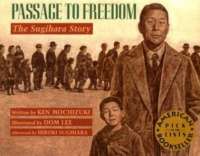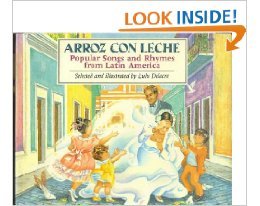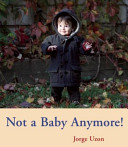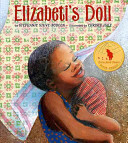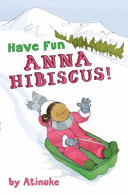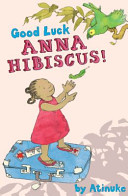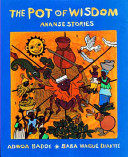
This beautifully photographed series of board books shows us the major stages in a baby’s first year — the first day, sitting, crawling, and walking. Mother, father, and big brother also appear. Hello, Baby! follows the first day in the life of the newborn baby as he eats, cries, sleeps, and is given a bath and cuddled. In Look Around, Baby!, the young baby looks around at the world, sits up, and begins to play and interact with his older brother. Go, Baby, Go! features the busy baby who can now crawl and practice standing up, and is constantly getting into everything, and in Not a Baby Anymore! he can walk, goes to day care, and finally enjoys his first birthday party.
